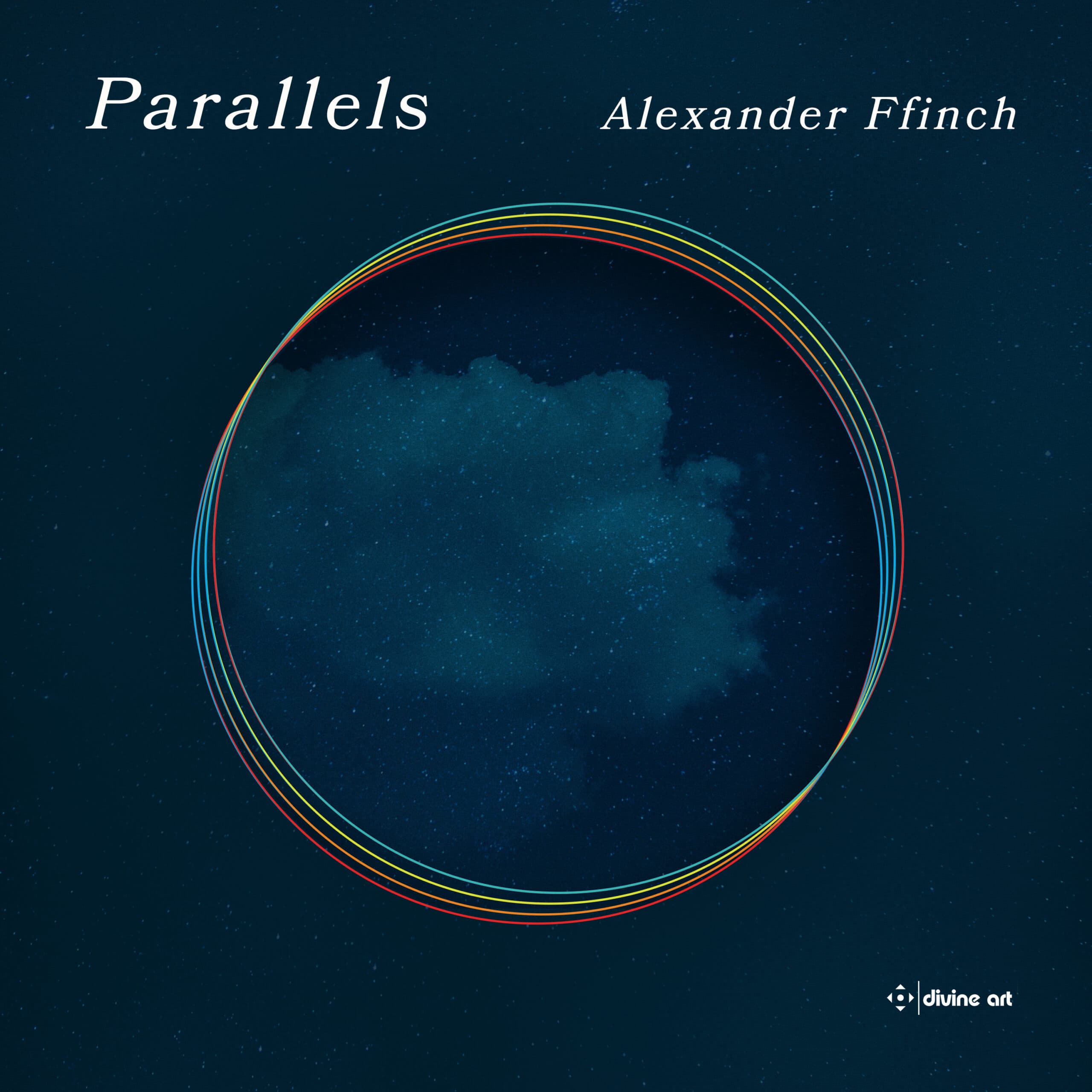The American Organist
Cheltenham College is not a college in the American sense of the word. It is, rather, a “day and boarding” school (meaning one can either live there or commute) serving what we would call nursery school through high school. Located in the beautiful Cotswolds region in Gloucestershire, the school was founded in 1841. Its Chapel of St. Mary and St. George boasts an 1897 Norman & Beard organ with several generations of subsequent work by Harrison & Harrison, most recently a major restoration in 2017.
This historic institution has for its organist Alexander Ffinch. A graduate of the Royal College of Music, he was a student of Thomas Trotter and organ scholar at Keble College, Oxford. His impressive career includes a stint as organist of Lancaster Town Hall (a stunning building whose Ashton Hall houses another Norman & Beard, currently under restoration). Parallels is the second album from this artist, the first being Transformations in 2019.
Perhaps the first thing to strike the listener—with the opening transcription of “Jupiter, the Bringer of Jollity”—is Ffinch’s sheer technical facility. The coruscating toccata figuration that opens this familiar piece, followed by the first theme in the lower voices and its seamless crescendo, is instantly arresting. The registrations are colorful, orchestral, completely suited to the letter and spirit of Holst’s original score. The phrasing and pacing are spot-on. In other words, the pleasure begins with technical facility but rapidly moves far beyond it, to serious and sound musical appreciation. The magnificent hymnic section, which we know as the hymn tune Thaxted, is delivered with the inimitable dignity of that tradition and style. I call this kind of piece a “spine stiffener.” Perhaps my old English Y chromosome, passed down through Massachusetts and New Hampshire, was activated. Perhaps it’s just my acquired tastes. In any case, the performance is magnificent.
The second offering on the CD is by the African American composer Florence Price, whose name has come more and more to the fore in recent years. The piece is her Suite No. 1 for Organ, a work in four movements. (MaryAnn Hamilton gave an interesting workshop on this piece at the 2014 AGO National Convention in Boston. Her handout is available for download at AGOBoston2014.org.) According to IMSLP.org, the publication date is no later than April 1942.
This is an engaging and very well-crafted work, and again, Ffinch brings to it effortless élan mixed with a deep grasp of the music’s architecture and purpose. The suite begins with dramatic chromaticism and rhythmic variety and ends with exuberant pentatonicism: a study in contrasts and textures. It’s well worth learning and performing, and this recording may be taken as the reference interpretation.
We come next to an arrangement of “Paradise” by Chris Martin of the band Coldplay, and as I am essentially a stranger to this musical universe, I will defer to the enthusiastic reviews of others. Another “spine stiffener” comes next: “Nimrod” from the Enigma Variations. We start with exquisite, butter-soft strings and flutes, gradually escalating to full organ and elegantly retreating therefrom. Another reference performance.
Dan Locklair’s Rubrics follows. Many of us remember the big impact of this five-movement piece, based on little quotations from the Book of Common Prayer, when it was published. I was very interested to read Ffinch’s interview of Locklair in the CD booklet. The first question is “What is it that makes Rubrics sound ‘American’?” (a question Locklair graciously re-proposes to his interlocutor). On listening to this suite yet again, I had an inkling of an answer. The third movement, “And Thanksgivings May Follow,” strongly evokes Gershwin with its driving, Broadway-like energy. The next movement, “The Peace May Be Exchanged,” takes an almost Ned Rorem–esque tone in its quiet diatonic mysticism. (Think “Elms” from Views from the Oldest House; think “A Farm Picture” by Walt Whitman or “To Make a Prairie” by Emily Dickinson.) A vision of earthly beauty, of a much-desired peaceable kingdom, comes dropping slow. The final movement, “The People Respond—Amen!” (our own Widor Toccata), returns to the mood of boundless confidence and exuberance.
The remaining works on the disc are “chestnuts,” but played magnificently and with a freshness and ardor that fully justify them. First are two pieces by Elgar, his Pomp and Circumstance No. 1 and Chanson de matin. The former builds up to a thunderous, gratifying full organ—I suspect with the 32′ Double Ophicleide, which was added in 2013. The latter brings out still more delightful solo voices. Finally, there is the Suite gothique of Boëllmann, where all the positive points again apply.
While a student could find no better recording to study by, a seasoned organist (or any lover of the instrument) may well find no better to bond with. In sum, the combination of works conceived for organ and arrangements, the blend of innovation and tradition, all rendered on that organ, in that space, by that truly superior organist, make this a recording not to be missed.
From The American Organist magazine (October 2024). © 2024 by the American Guild of Organists. Shared with permission.
@divineartrecordingsgroup
A First Inversion Company
Registered Office:
176-178 Pontefract Road, Cudworth, Barnsley S72 8BE
+44 1226 596703
Fort Worth, TX 76110
+1.682.233.4978












